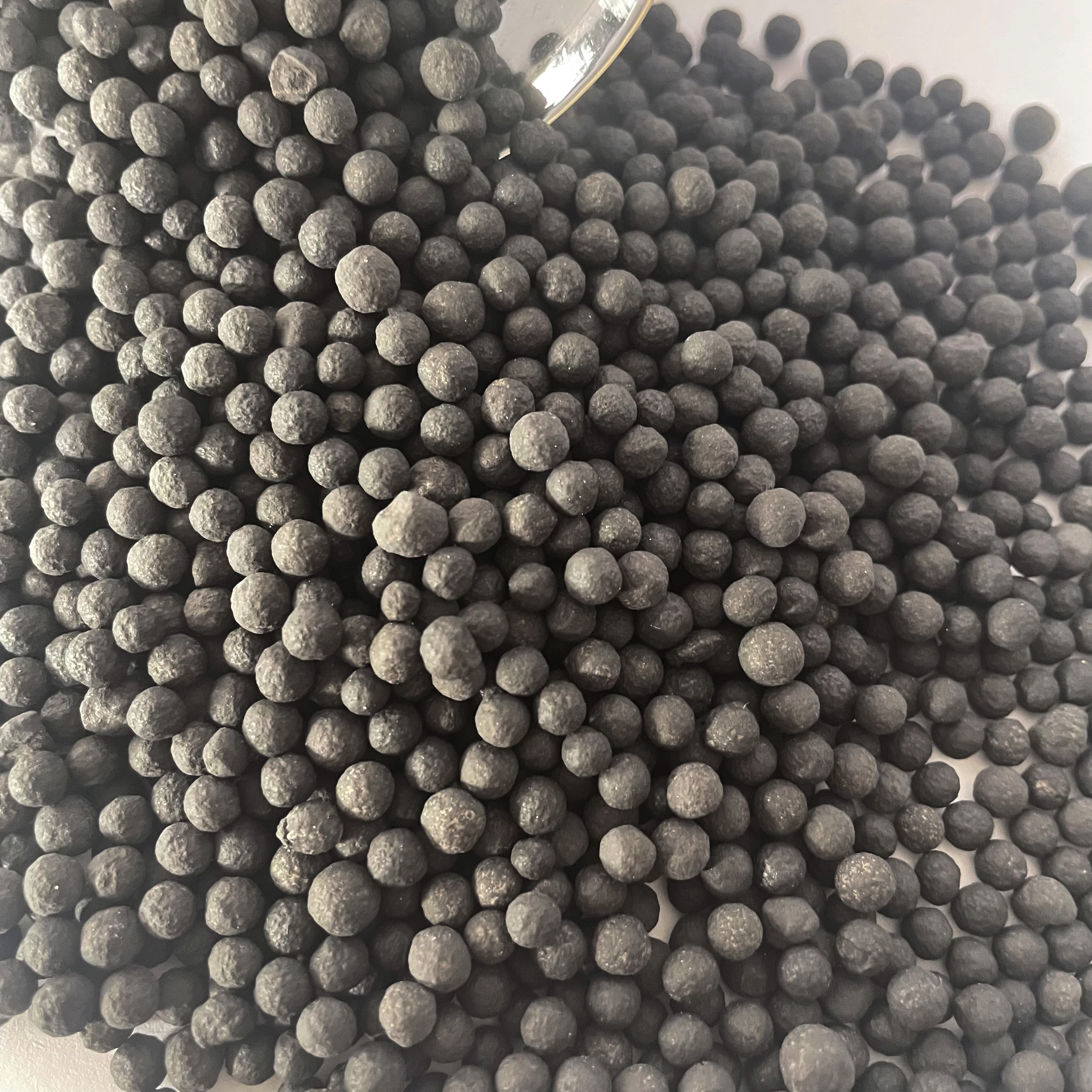
Oct . 16, 2025 14:30 Back to list
10 10 10 Fertilizer Organic – Balanced NPK, Water-Soluble
Organic Fertilizer Granular NPK Base with Humic Acid: a field-tested view
If you’ve been eyeing a balanced input that behaves well in real soil, here’s where the 10 10 10 fertilizer organic conversation gets practical. The product on my desk—Organic Fertilizer Granular NPK base with Humic Acid—comes as black to dark-brown granules, smells faintly earthy (always a good sign), and aims at consistent growth without spiking salts. Honestly, that’s what most growers ask for.

Industry trend check
Balanced NPK with bioactive carbon (humic substances) is trending because it feeds plants and the soil biome. In fact, landscapers and greenhouse managers tell me they’re shifting part of their feeding plans toward organics to stabilize pH and microbial life—less yo-yo, more steady vigor. It seems that cost-per-harvest is as important as cost-per-bag now.
Core specifications (typical)
| Parameter | Value (≈, real‑world use may vary) |
|---|---|
| N-P2O5-K2O | ≈ 10-10-10 (balanced) |
| Humic acid (dry basis) | 8–15% |
| Organic matter | ≥ 30% |
| Granule size | 2–4 mm, low dust |
| Release window | ≈ 6–8 weeks (soil temp and moisture dependent) |
| Shelf life | 24 months, cool and dry storage |

Process flow and quality assurance
Materials: plant/animal-derived organics, mineral N-P-K, humic acid concentrate. Methods: controlled granulation, low-temperature drying to protect humics, anti-caking screen. Testing: NPK via AOAC Official Methods; moisture and particle-size uniformity; heavy metals checked to EU 2019/1009 limits in ISO/IEC 17025-accredited labs. Service life in soil ≈ 1.5–2 months of active feeding, longer soil-conditioning tail from humics. Industries: open-field crops, orchards, turf/landscape, greenhouse ferti‑topdress, municipal planting.
Application scenarios and rates
- Vegetables/berries: 400–800 kg/ha pre-plant; 100–200 kg/ha side-dress.
- Turf: 25–35 g/m² every 6–8 weeks.
- Orchards: 0.5–2 kg/tree split spring/early summer.
To be honest, I prefer lighter, more frequent passes with 10 10 10 fertilizer organic in hot, sandy soils—less leach, smoother color.

Advantages I noticed
- Humic acid buffs CEC and micronutrient uptake; seedlings respond quicker than expected.
- Granules spread cleanly—many customers say fewer hopper clogs than with crumbly composted inputs.
- Balanced feed lowers the risk of tip-burn versus hot synthetics.
Customization options
Custom N-P-K ratios (e.g., 8-8-8 or 12-6-8), granule size (1–2 mm for greens; 3–4 mm for broadacre), add-ons (seaweed, Ca-Mg, slow-release N). Private label and palletization available. Origin: A-713, Zhengyang City Square, Chang’an District, Shijiazhuang, Hebei, China.
Vendor snapshot
| Vendor | Organic compliance | Humic content | Customization lead | Notes |
|---|---|---|---|---|
| HH Fertilizer (this product) | Supports NOP/OMRI input use; confirm with certifier | 8–15% | 2–4 weeks | Steady granule quality |
| Vendor A (importer) | Mixed lots | 5–10% | 4–6 weeks | Cheaper, variable dust |
| Vendor B (regional) | Local approval only | 7–12% | 1–3 weeks | Limited scale |
Field data, briefly
Greenhouse tomato trial (n=2 houses, North China, spring): 10 10 10 fertilizer organic base + drip calcium yielded ≈ 7% higher marketable fruit vs. synthetic-only baseline, with slightly improved Brix. Turf test (public park): color index improved within 10 days; clippings reduced ≈ 12% after week 2—less surge growth. Your mileage may vary with watering and soil biology.

Compliance and documentation
- Labeling aligned to AAPFCO model rules.
- Third-party testing via ISO/IEC 17025 labs; AOAC methods for NPK.
- Heavy metals screened to EU 2019/1009 limits; NOP input suitability—always confirm with your certifier/OMRI.
Bottom line: if you want a steady hand on growth plus soil conditioning, this balanced humic-enhanced input is a practical pick—easy to spread, forgiving in hot spells, and friendly to microbial life. I guess that’s why repeat orders keep showing up.
Authoritative citations
- USDA National Organic Program, 7 CFR Part 205.
- Regulation (EU) 2019/1009 on EU Fertilising Products.
- AOAC Official Methods of Analysis – Fertilizer and Limestone methods.
- ISO/IEC 17025: General requirements for the competence of testing laboratories.
- AAPFCO Official Publication: Model Rules for Fertilizer Labeling.
-
Sustainable Growth with Organic Phosphate Fertilizer | Benefits & Innovations
NewsNov.24,2025
-
Organic Phosphorus and Potassium Fertilizer: Sustainable Soil Nutrition & Global Impact
NewsNov.24,2025
-
Organic Phosphorus Fertilizer: Sustainable Nutrient Solutions for Modern Agriculture
NewsNov.23,2025
-
Sustainable Growth with Organic Phosphorus Plant Fertilizer | HH Fertilizer
NewsNov.23,2025
-
Organic Plant Meal Fertilizer for Sustainable Agriculture – Benefits & Innovations
NewsNov.22,2025
-
Organic Plant Root Fertilizer – Sustainable Solutions for Healthy Soils & Stronger Plants
NewsNov.22,2025
